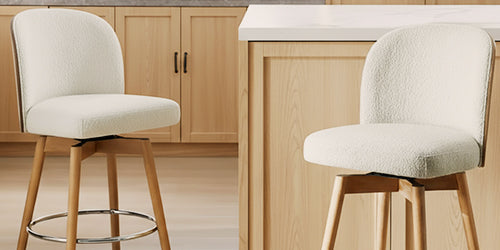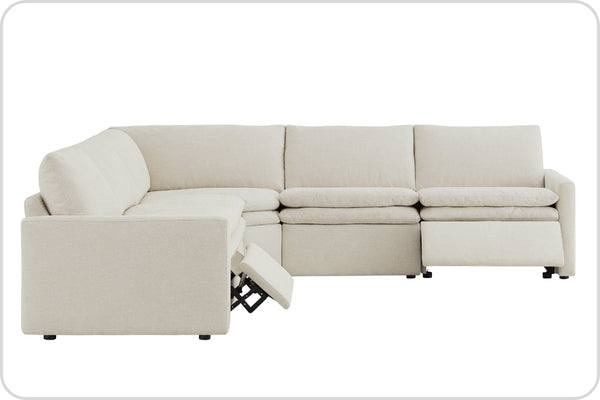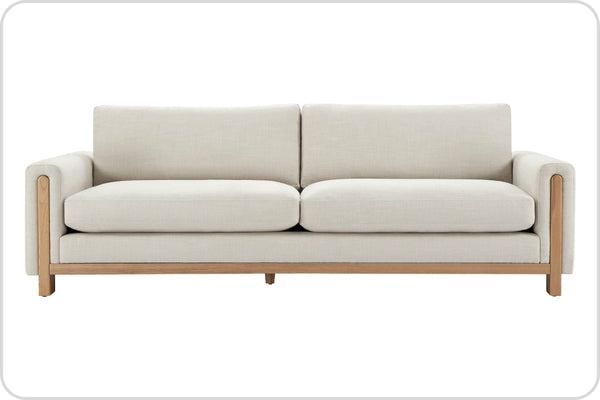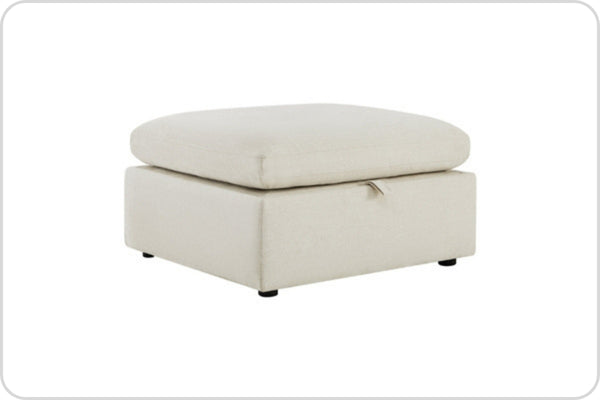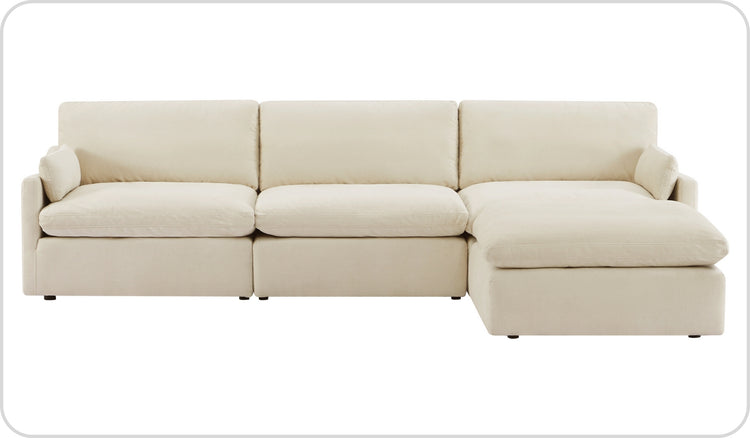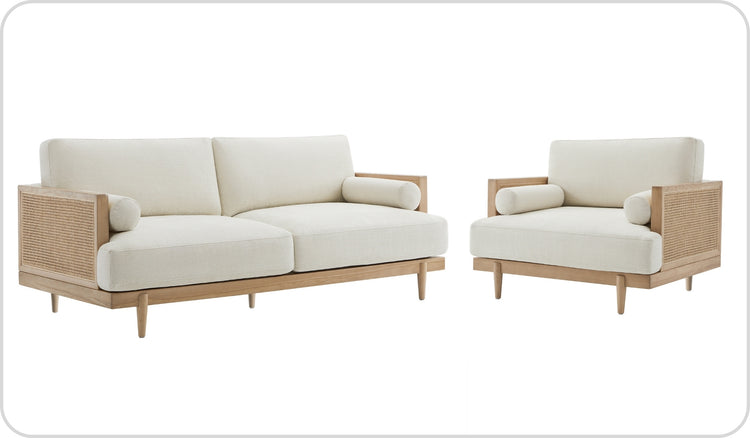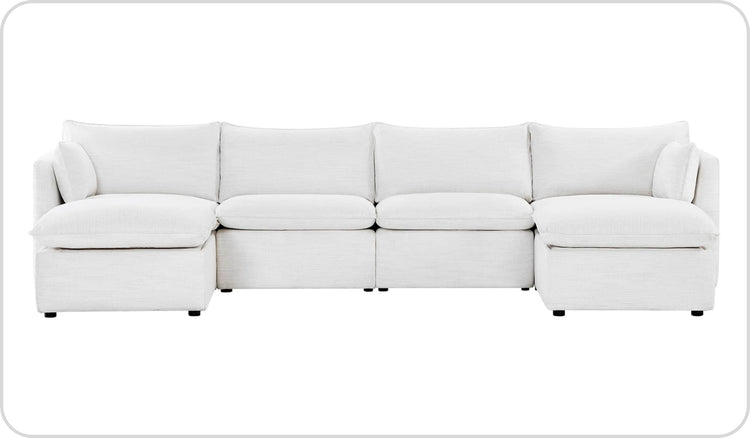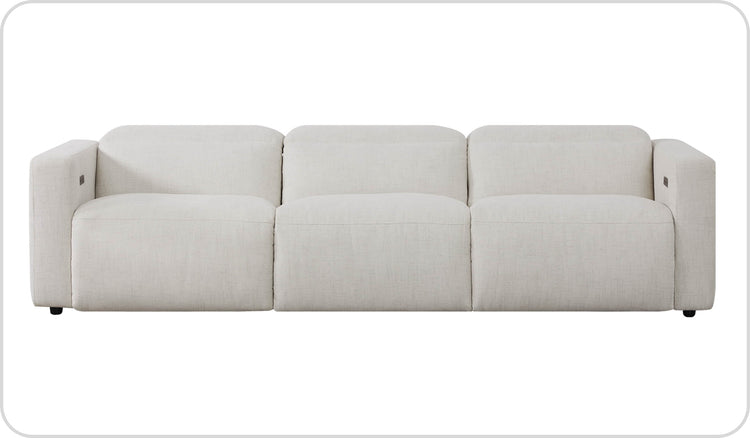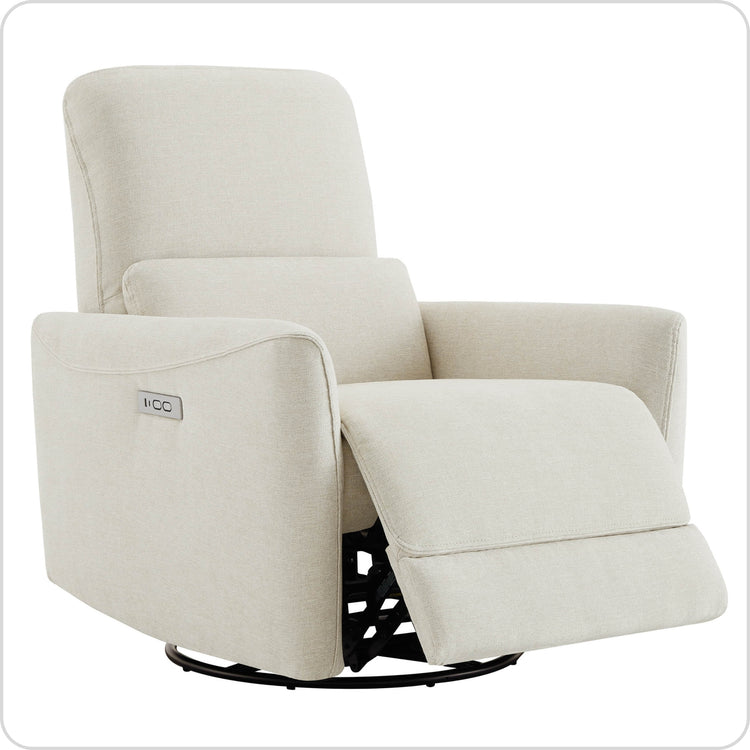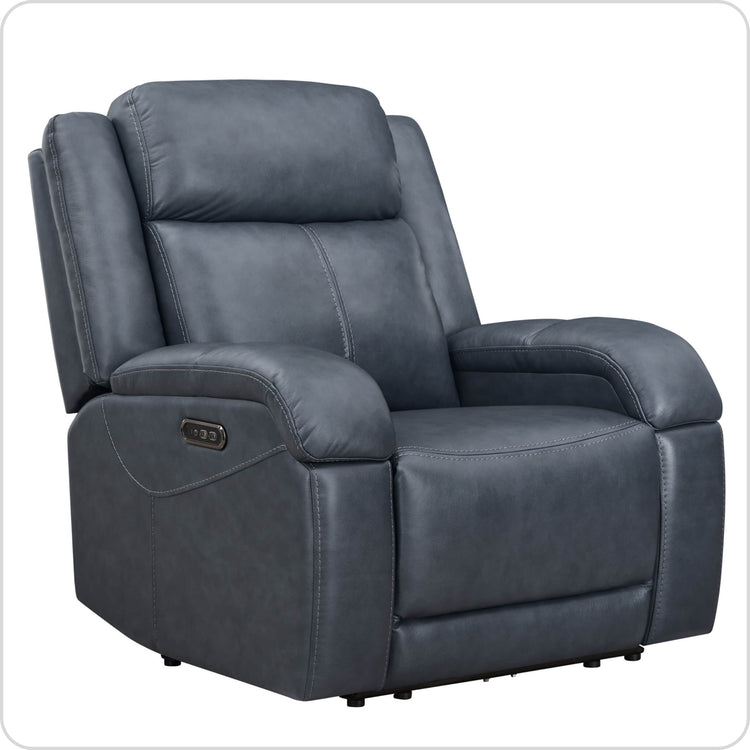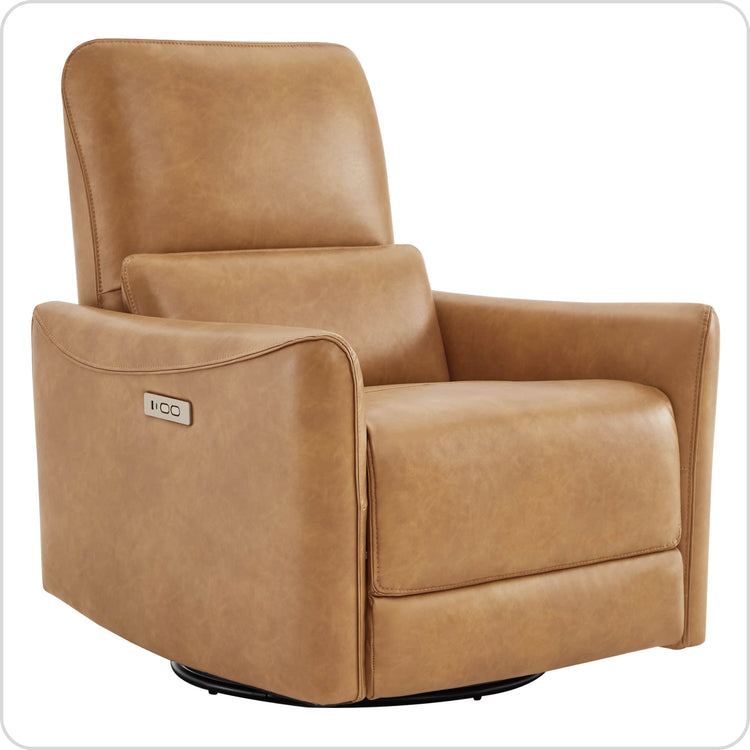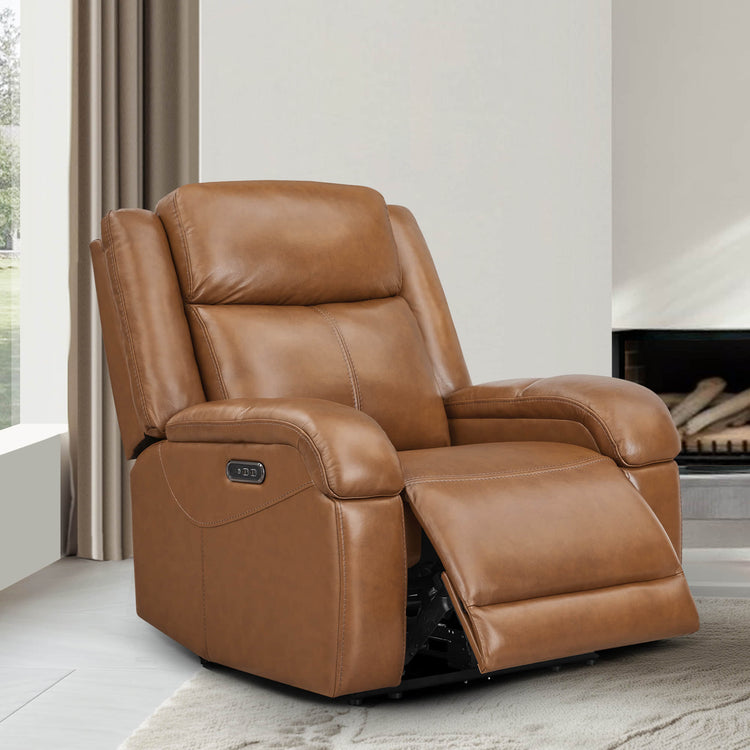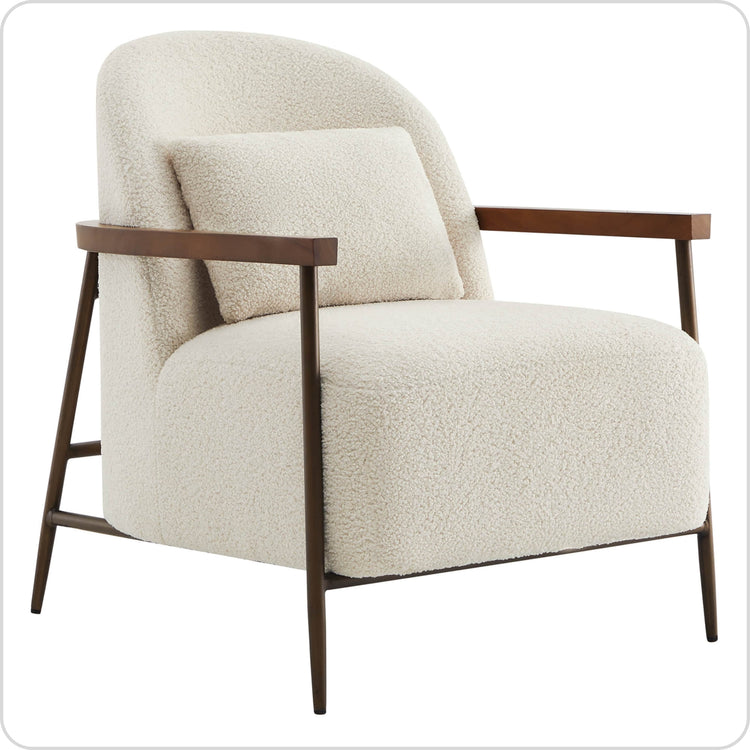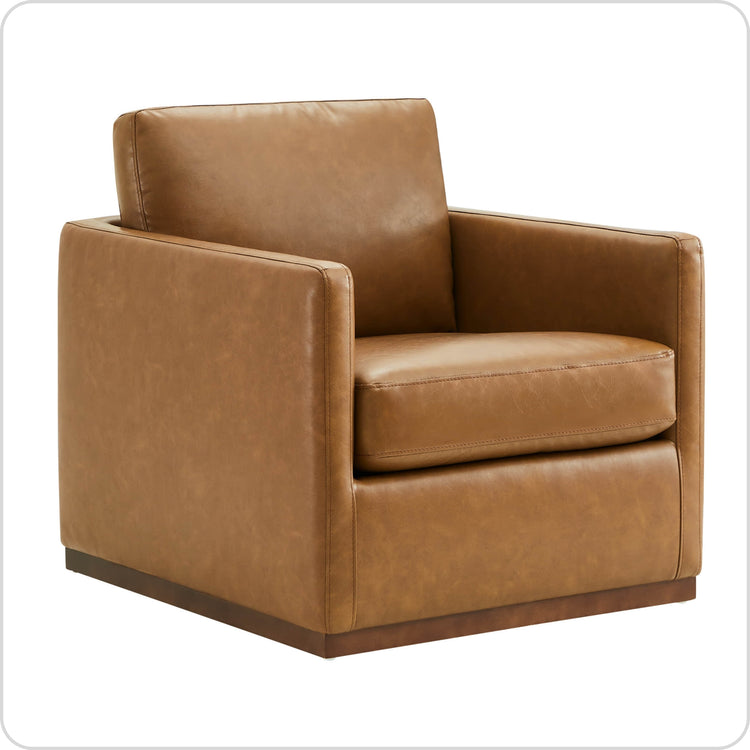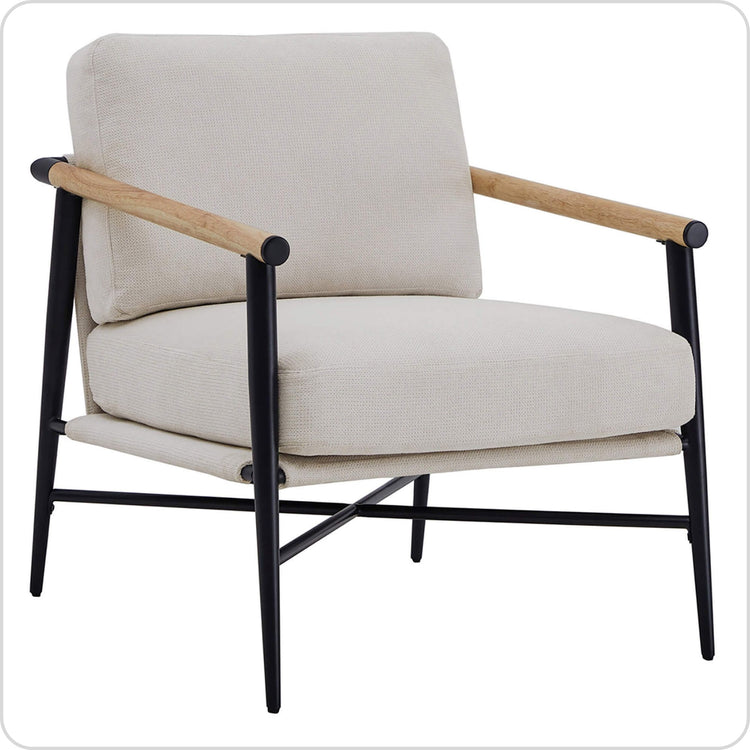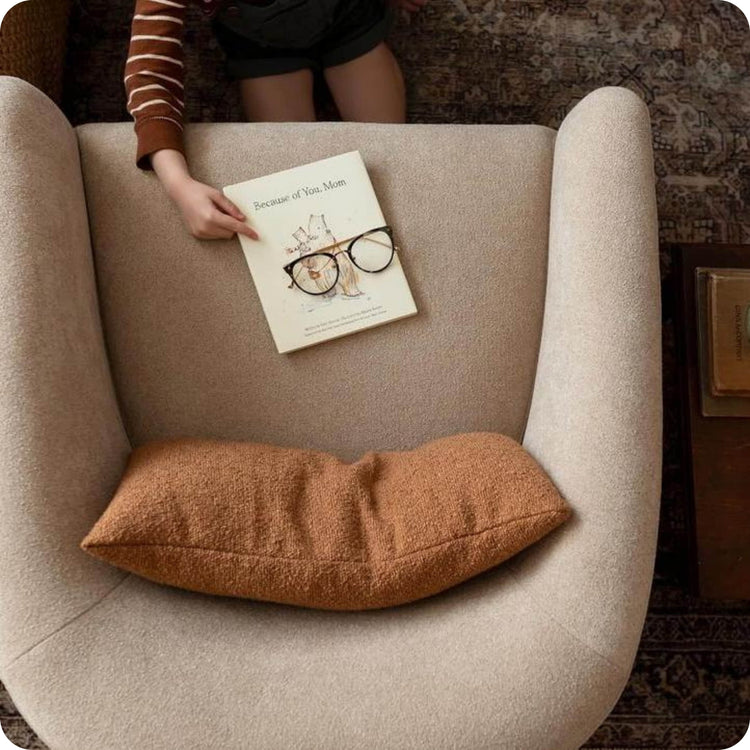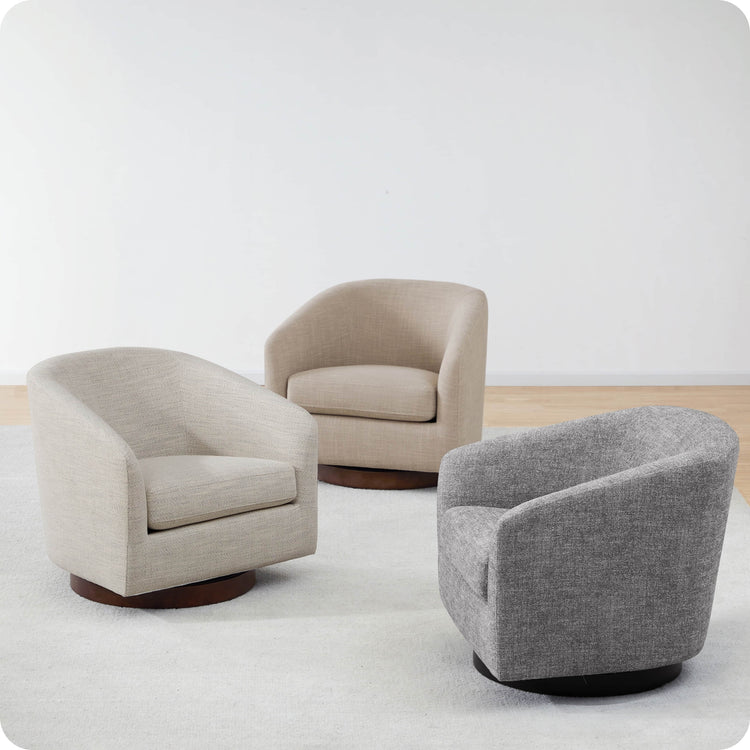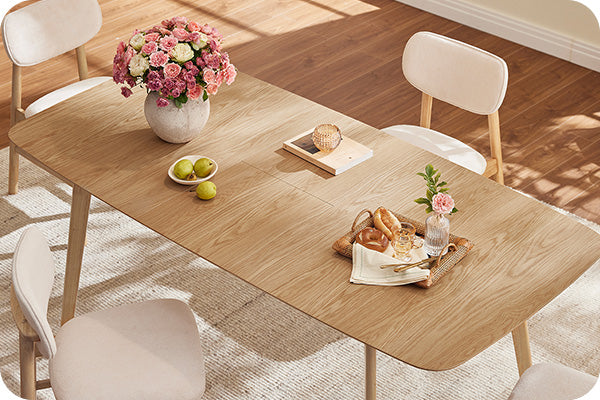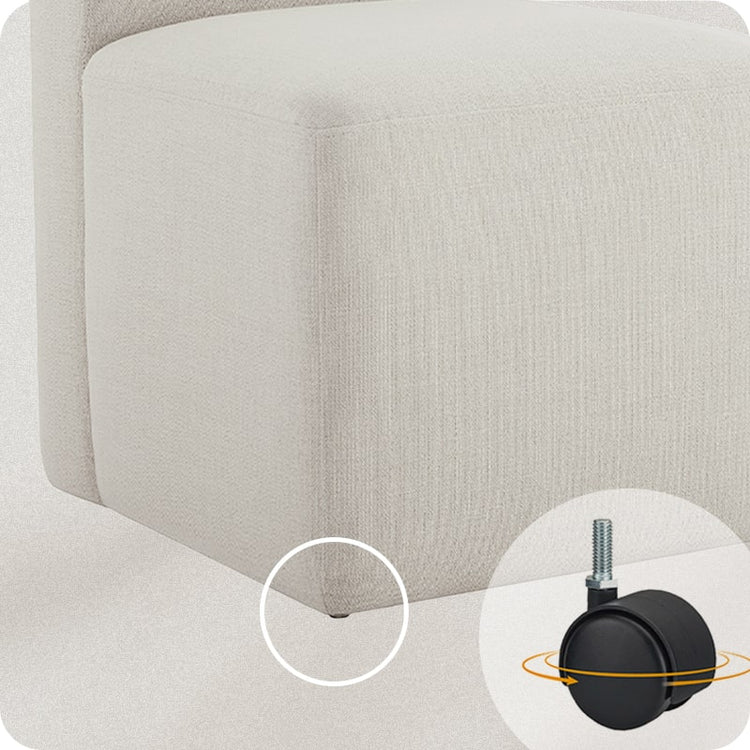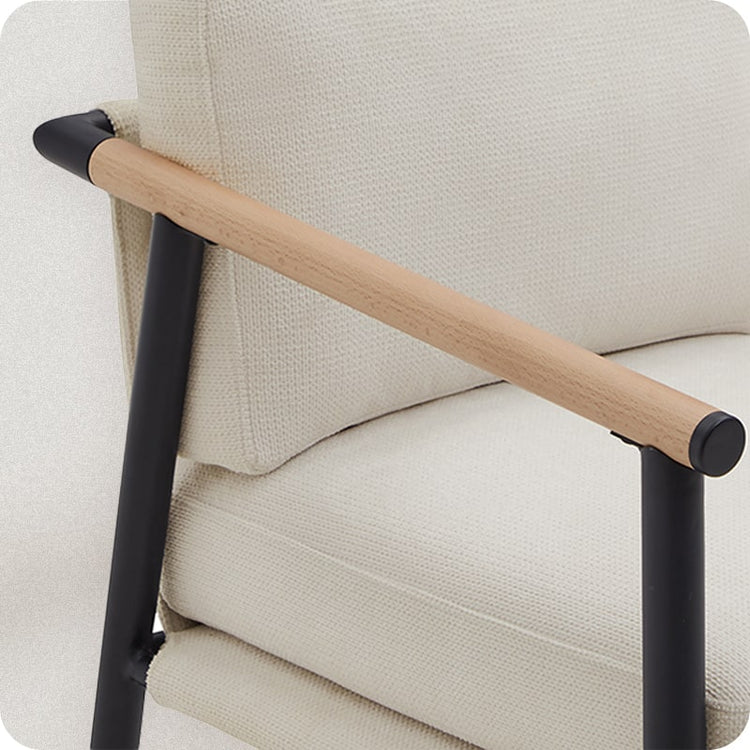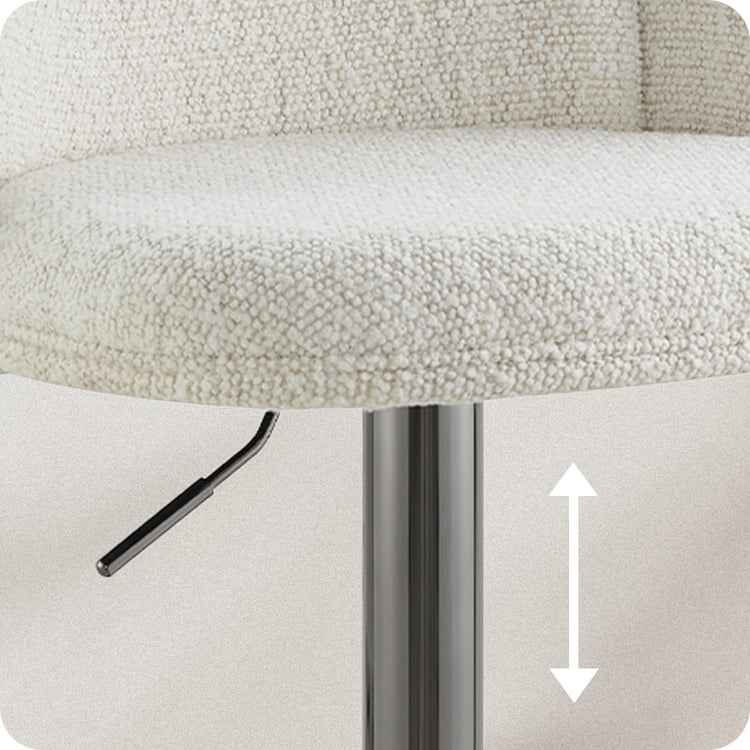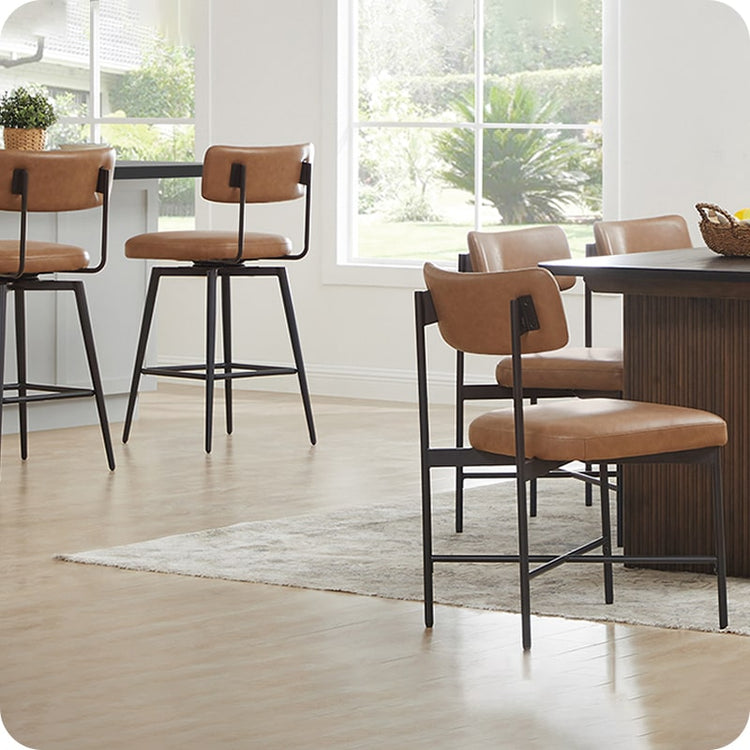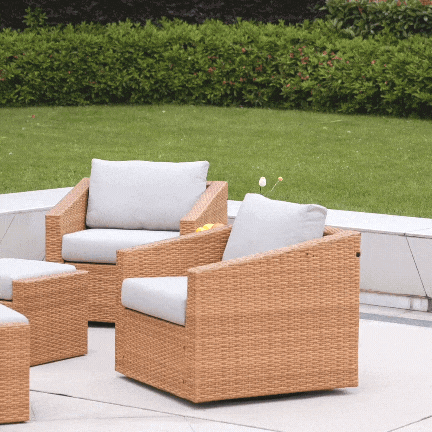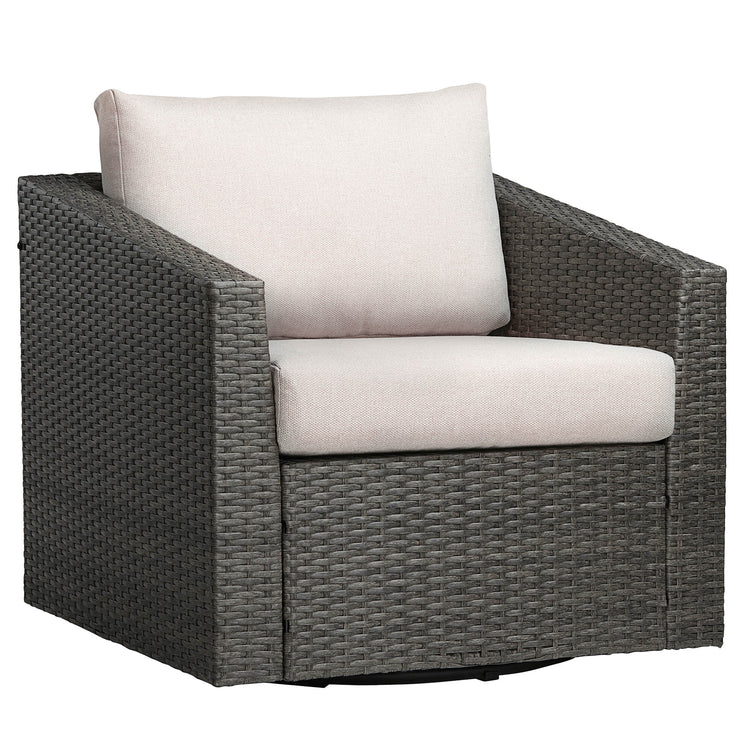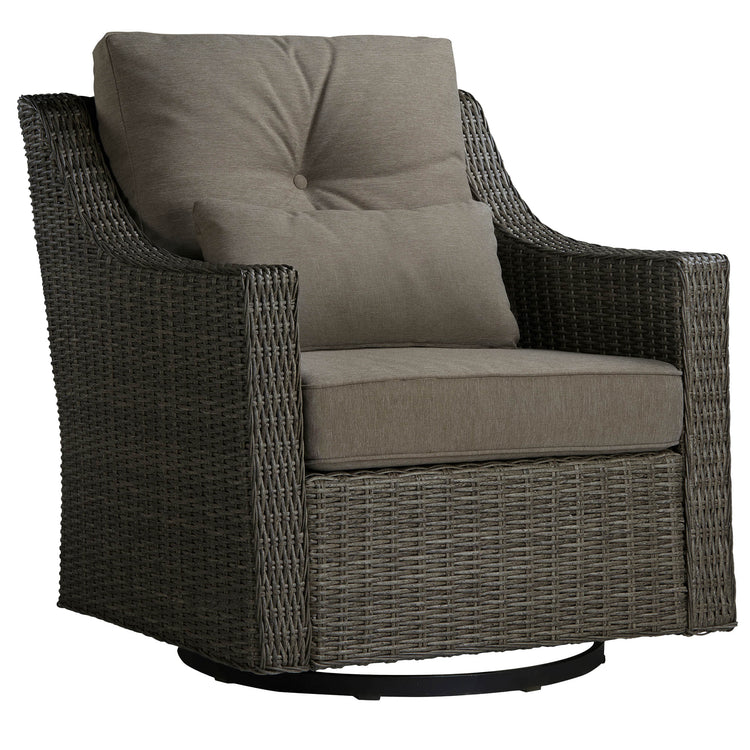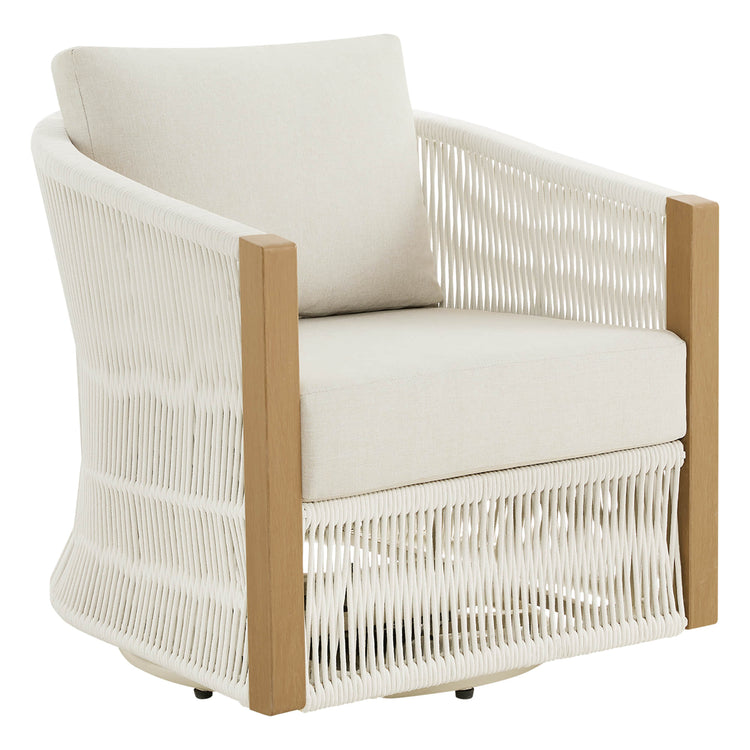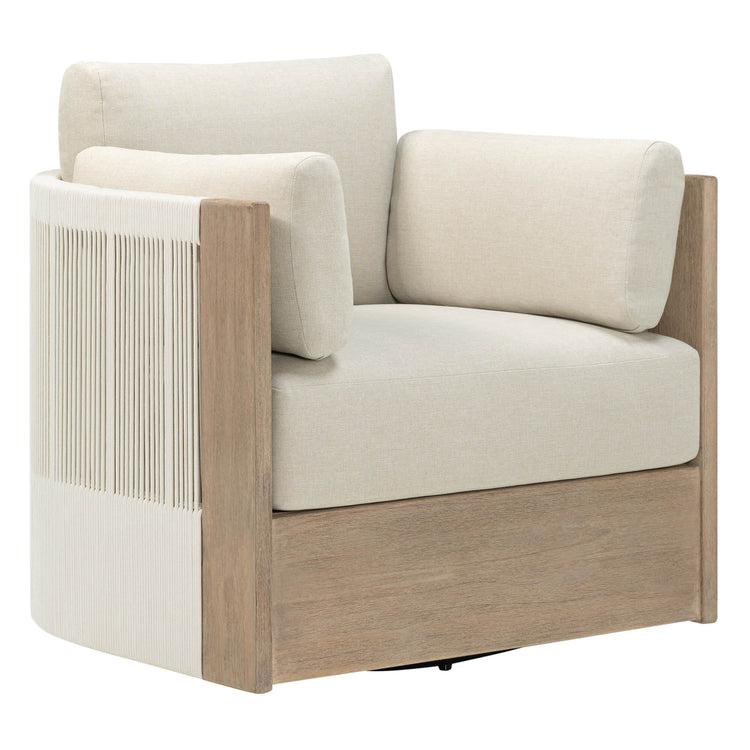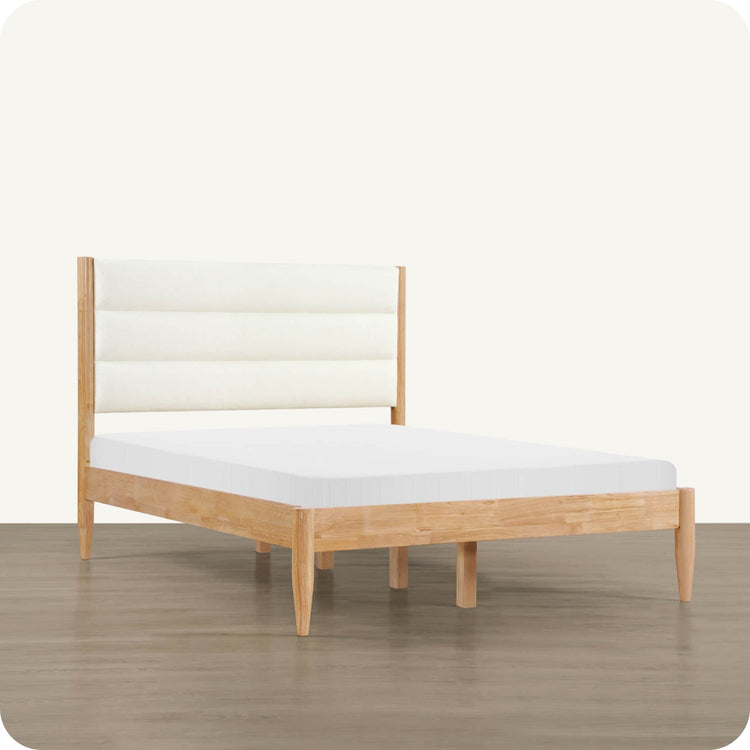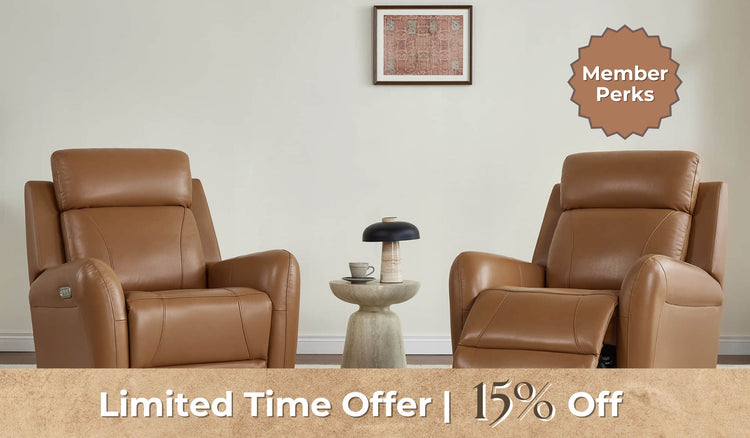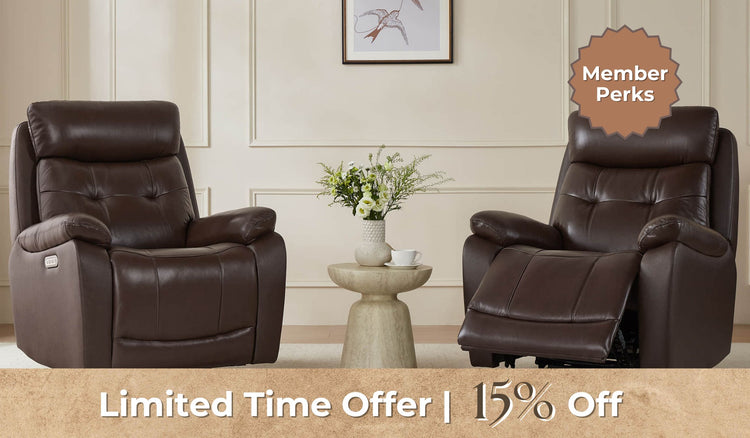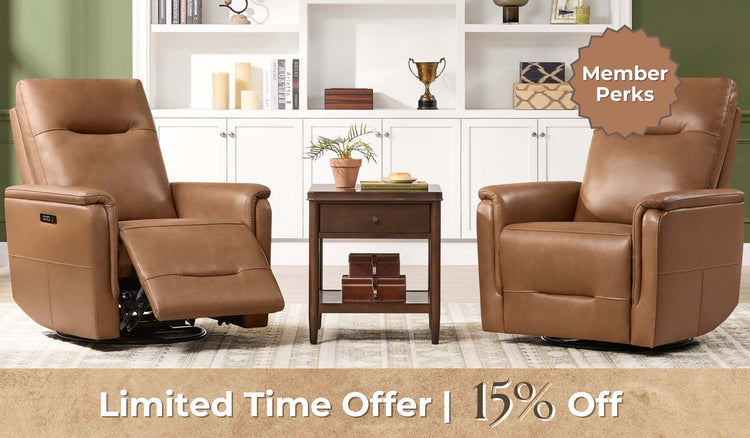A sectional couch can completely change the look of a living room and give everyone plenty of comfortable seating. Many people, though, can't decide whether they want a left- or right-facing one. This choice affects more than just how things look; it also affects how you use and enjoy your space, and making the wrong choice can be a real pain. What's the difference between these two directions? This text will explain it and show you an easy way to choose the right piece for your home layout.
What's the Difference Between Left and Right Facing Sectionals?
The names might sound tricky when you pick the right L-shaped couch, but there's one simple rule to remember that makes everything easier.
How to Determine Sectional Direction
The direction of a sectional is always decided by standing in front of it and looking at it, not by sitting on it. This is the standard rule everyone in the furniture business uses. Remembering this will clear up most of the confusion when you're shopping.
Imagine you're standing in your living room, looking at where the new sofa will go. If the chaise—the long part for stretching out—is on your left, you're looking at a left arm facing sectional (LAF sectional). If the chaise is on your right, it's a right arm facing sectional (RAF sectional). It's that easy.
This one rule is the key to reading product descriptions correctly and making sure the sofa you order is the one that fits your plan.

The Delaney Modular Sectional Sofa offers a timeless design with generously sized seats, plush reversible cushions filled with CertiPUR-US certified high-resilience foam, durable kiln-dried wood frame with mortise-and-tenon joinery, and a versatile modular layout that fits any living space.
Why This Simple Choice Is So Important
Choosing the correct direction for your chaise sectional helps your living space feel more comfortable and functional. An L-shaped sectional sofa is typically the largest item in the room, so its placement defines the entire layout, from walking paths to conversation areas.
It Impacts the Flow of Your Room
A misplaced chaise can feel like a wall, blocking paths to doors or windows and making the room seem crowded. The right choice creates a clear path, making the space feel more open and welcoming.
It Affects the Room's Practical Use
The sofa's orientation affects how you use the room. A poor layout might block the view of the TV or prevent a cabinet from opening. A good layout makes daily activities like watching movies or relaxing with friends much easier.
It Creates Visual Harmony
The right direction creates a balanced, well-designed look. The wrong one can make the entire room feel off-balance, even if the rest of your decor is perfect. This applies to any style, from a comfy overstuffed feather sectional sofa to a sleek wood base sectional sofa.

The Liam 5-Piece Overstuffed Feather Wood Base Sectional Sofa offers cloud-like comfort with plush dual-sided cushions filled with premium high-density foam and feathers, a solid kiln-dried wood frame, elegant solid birch wood legs, and a modular design.
It Helps You Avoid a Costly Hassle
A sectional sofa is a major purchase, and returns are difficult. A wrong choice can lead to extra fees and the headache of starting your search again. Choosing correctly from the start saves time, money, and stress.
A few minutes of planning ensures your new furniture perfectly suits your space from day one.
A Four-Step Guide to Picking the Perfect Orientation
Ready to find your perfect layout? These four easy steps will show you exactly what your room needs and take the guesswork out of the process.
Step 1 Measure and Map Your Space
Before you get attached to a certain modular sectional sofa, get out a tape measure. Don't just guess the size of the space; measure the exact length of the walls where the sectional will go.
Make a note of everything that is fixed in the room. This includes windows, doors, radiators, floor vents, and power outlets. Knowing these details will prevent problems later, like finding out your new sofa blocks the only good outlet or covers a heating vent. A quick sketch of the room with these measurements will be a huge help.
Step 2 Identify Your Room's Focal Point and Traffic Flow
Every room has a center of attention and natural pathways. The focal point is what your eyes are drawn to, like a TV, a fireplace, or a big window with a nice view. Your main seating area should face this spot. The chaise of your sectional should be placed where it won't block this view for others on the sofa.
Next, think about traffic flow. How do people usually walk through the room? Find the main paths from the door to the kitchen or from the living room to the balcony. The most important rule of furniture layout is to never block these paths. The open side of your L-shaped couch should invite people into the seating area, not get in their way.

The Kenna Modular 4-Piece Ottoman Sectional Sofa features extra-deep seats with cloud-soft feather-filled cushions, durable OEKO-TEX® certified performance fabric or classic velvet options, a sturdy kiln-dried engineered wood frame, reversible and machine-washable cushion covers.
Step 3 Decide on an Open or Closed Layout
How your modular sectional works in your space depends on the room's design. A modular sofa sectional is very flexible and can be used in two main ways.
In a room with four walls, you can use the sectional to make a cozy, "closed" corner. This is a classic setup where the back of the sofa and the side of the chaise are both against walls, creating a defined space perfect for relaxing.
In a big, open room, a sectional can divide the space, creating an "open" layout. You can use the back of the sofa to separate the living area from a dining room or office. In this case, the chaise usually runs along a wall, and the L-shape "opens" toward the area you want to stay connected to, like the kitchen.
Step 4 Use the Tape Trick for a Can't-Fail Simulation
This is the best way to be sure about your choice. Once you know the measurements of a sofa-chaise sectional you like, use painter's tape or newspapers to make an outline of it on your floor.
Make an outline for both a left-facing and a right-facing setup. Then, leave it for a day or so. Walk around the outline. Sit in a chair inside the taped area to see how the view feels. Trying it out this way gives you a real feel for how the sofa will fit in your space, much better than a drawing can.
This four-step process will give you all the info you need to make a smart choice for your home.
Quick Cheat Sheet for Common Scenarios
To make it even easier, here's a simple table with common room layouts. It can help you double-check your decision after you measure.
| Your Room Situation | The Likely Best Choice | Why It Works |
| The main walkway is on the right side of the room. | Left-Facing Sectional | Placing the chaise on the left keeps the right-side pathway open and clear. |
| You want to create a cozy nook in the left corner. | Left-Facing Sectional | The chaise and sofa back will fit snugly against the two walls of the left corner. |
| The TV is centered, and you want to lounge on the right. | Right-Facing Sectional | The chaise on the right provides a dedicated spot for reclining without blocking the view. |
| You're dividing an open room, with the living area on the left. | Right-Facing Sectional | The back of the sofa creates a visual boundary, and the right-side chaise can anchor the space. |
This cheat sheet is a good starting point, but always trust your own measurements and the tape trick for the final say. A feather sectional sofa can add a lot of comfort to a room, and putting it in the right spot makes all the difference.
FAQs about Sectional Sofas
Q1: What's the distinction between a modular and a standard sectional?
A conventional sectional sofa has a fixed configuration, which means the chaise is always on either the left or right side. A modular sectional, on the other hand, is made up of individual pieces (modules) that may be rearranged to form various shapes. This gives you additional flexibility, since a modular sectional sofa may frequently be switched from a left-facing to a right-facing arrangement or even split into separate chairs.
Q2: How much clearance space does a sectional require?
Leave at least 18 inches of space between your sectional and coffee table so that it's easy to move around and looks balanced. There should be 30 to 36 inches of clear room on the main walkways. Also, think about how much room you'll need for recliners or other items that you'll move around. Make sure the sofa doesn't get in the way of any doors, drawers, or vents.
Q3: Can different types of sectionals fit different decorating styles?
Definitely. The style of a sectional can alter the overall appearance of a room. For example, a sectional sofa with a wood foundation and clean lines complements modern design. A soft, overstuffed feather sectional sofa is ideal for a cozier, rustic look. A curved sectional sofa can serve as a cool focus in a space, softening the sharp lines in a room.

The Teleri 5-Seat Modular Curved Sofa with Wood Leg features a graceful curved silhouette with plush, high-density foam cushions, premium upholstery, solid birch wood legs with a natural finish, and a versatile modular design that enhances both comfort and style in any living space.
Find Your Perfect Fit Today
It doesn't have to be hard to find the right sectional sofa. Now that you know the simple rule of direction, have thought about your space, and know how to measure and test the layout, you can make your choice with confidence.
Explore our versatile collection of modular sectional sofas to find the perfect left-facing or right-facing sectional that fits your room layout and lifestyle seamlessly modular sectional sofas collection.



